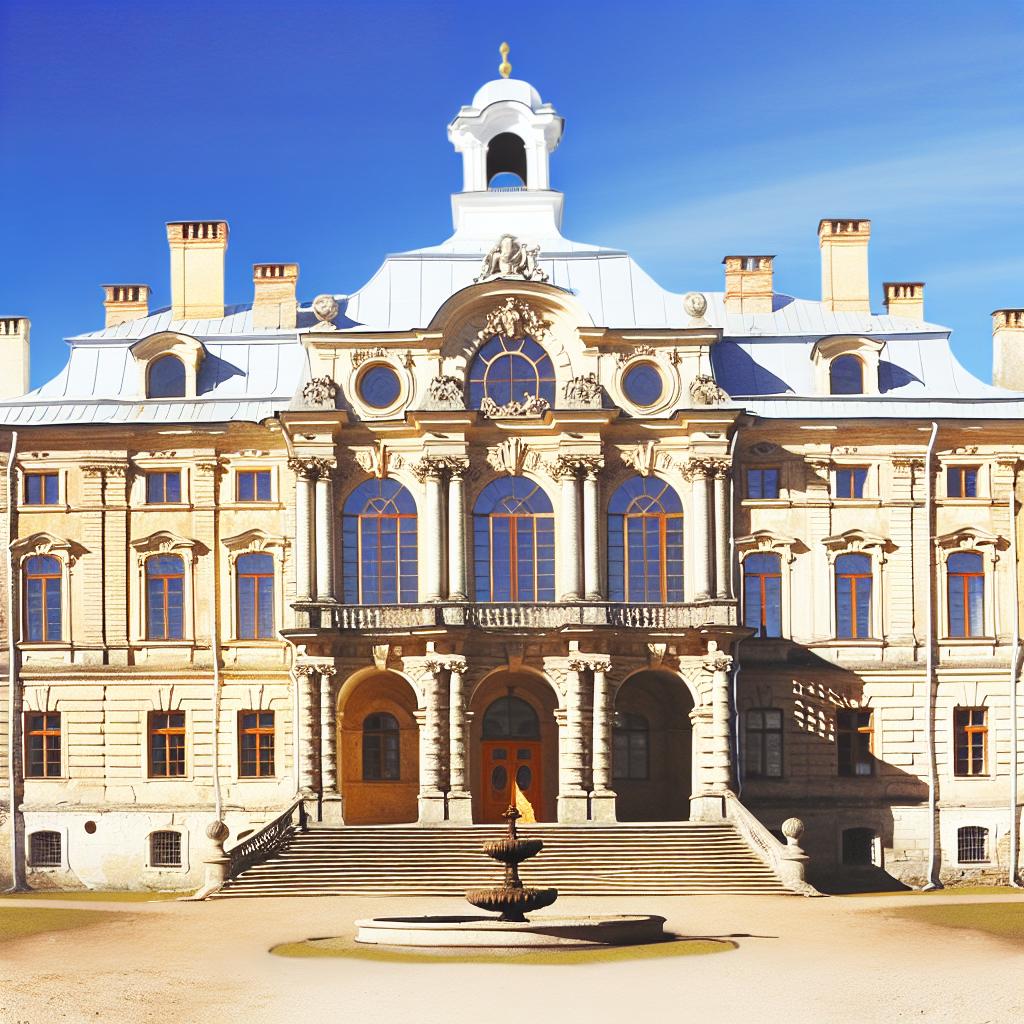Overview of Gatchina Palace
The Gatchina Palace, located in the Russian town of Gatchina, represents a significant architectural monument with deep historical roots. Situated approximately 45 kilometers southwest of St. Petersburg, the palace encapsulates a rich tapestry of Russia’s imperial history. Originally constructed between the years 1766 and 1781, it came into existence through the directives of Count Grigory Orlov, who was a prominent favorite of Empress Catherine the Great.
Architectural Features
The architectural design of the Gatchina Palace was conceived by Antonio Rinaldi, an Italian architect celebrated for his synthesis of various styles. The palace showcases a distinctive amalgamation of Russian and European architectural influences. Visitors are often impressed by its limestone facade combined with a meticulously crafted interior, capturing the grandeur of its construction period. The blend of Baroque and Neoclassical styles within its architecture reflects the diverse inspirations Rinaldi drew upon, creating a structure that would remain timeless through centuries.
The Park and Grounds
The immense park surrounding the palace is a testament to landscape art that covers over 700 hectares. This expansive area offers a delightful mixture of formal gardens integrated with boundless natural landscapes. As one ventures through the park, they will encounter several picturesque lakes and islands. These are complemented by various follies and pavilions sprinkled throughout, adding an element of whimsy and allure. Input from several accomplished landscape architects was vital in designing the parkland, ensuring the visual harmony and enhancing the natural beauty of the setting.
Historical Significance
The Gatchina Palace holds a notable position in Russian history. Following the death of Count Grigory Orlov, ownership transitioned to Catherine the Great, who incorporated it into the realm of official imperial residences. Its role extended through successive rulers, notably Emperor Paul I, under whom the palace underwent significant renovations. Paul I’s affinity for the palace saw him implement several changes to adapt it to his tastes and the requirements of his era. The modifications made during his reign contributed to the palace’s enduring legacy as a key fixture in Russian imperial history.
World War II and Restoration
The Second World War brought considerable challenges to the Gatchina Palace. During this period, the palace endured significant damage as it was occupied by German forces, rendering it a crucial frontline locale. The aftermath of the war marked the beginning of extensive restoration efforts aimed at preserving and revitalizing this historic site. These efforts prioritize the conservation of original features while accurately restoring damaged aspects, encapsulating the dedication to maintaining its authenticity and cultural value. Restoration work continues, ensuring that the Gatchina Palace is preserved for future generations as a historical and cultural beacon.
Visiting Gatchina Palace
Presently, the Gatchina Palace serves as a museum, welcoming the public to delve into its rich histories. The variety of rooms and halls open for exploration provides visitors with a unique opportunity to witness treasures from varying historical epochs firsthand. Each room displays artifacts that offer invaluable insights into the life and times of Russian royalty, shedding light on elements of daily imperial life that might otherwise remain obscured. Beyond the interiors, the palace’s extensive grounds invite leisurely exploration, allowing visitors to soak in the tranquility and history embedded in the landscape.
To gain a deeper understanding of what the Gatchina Palace has to offer, including specific hours of operation and ticket pricing, it is recommended to visit the official Gatchina Palace Museum website.
Conclusion
The Gatchina Palace stands as a distinguished exemplar of Russian imperial architecture and symbolizes the most elegant aspects of the country’s cultural heritage. Its detailed history combined with outstanding architectural beauty and enveloping parkland makes it an attractive destination for those intrigued by the grandeur of Russia’s past. Whether traversing through its halls or wandering its green expanses, Gatchina offers an enduring connection to the rich imperial legacy of Russia, making it a must-visit for history enthusiasts and casual visitors alike.

